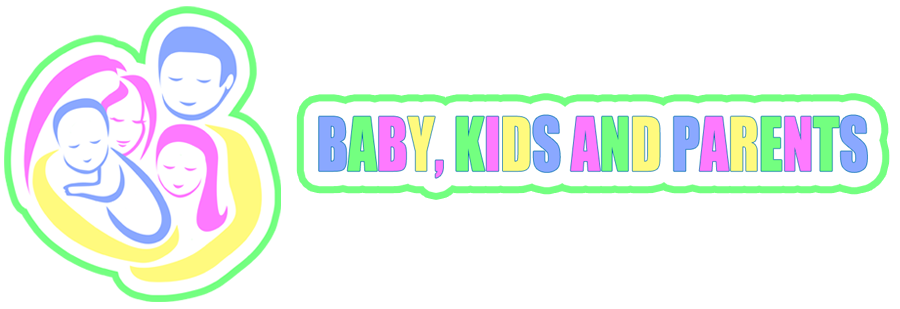
Is it normal for kids to have imaginary friends? Is it healthy? When you first see your child talking with someone and there is no one in the room, you are confused and afraid. Don’t panic imaginary friends are normal.
For children of about three or four year old it is quite common to have an imaginary friend. Some imaginary friends are constant companions, and some of them pop up now and then. Sometimes they change as the child grows. Children who have imaginary friend are creative, imaginative children. Having an imaginary friend is not a sign that the child is lonely.
Imaginary friend can be a person, some book character, or animal, and usually has and is already defined personality. Imaginary friends could be someone who listen your child, protects him, and plays with him. Someone who can do things that your child can’t do.
Imaginary friends help children to deal with strong feelings such as fear. A child may tell his or her imaginary friend: “Don’t be afraid of the dark”, and soothe his or her own fears.
When children say or do something they shouldn’t they can blame their imaginary friends. This way they avoid getting into trouble with parents because when something is wrong it is easier to say: “My friend did it”.
Watching your children play with his or hers imaginary friend you can learn what kind of fears and stress have your child. For example, if their imaginary friend is afraid from monsters in the closet, than your child is afraid of this too.
Allow your child to decide how much you can engage in its fantasy. Respect your child space. You will be asked doing things for imaginary friends, like to hold open doors, make up a bed for your child’s imaginary friend. This can help you in developing your child skills. Rather than doing it yourself, encourage your child to do it. If the imaginary friend often eats lunch with you, don’t ask if he is joining you today, wait to be told. Although it is advisable to respect the imaginary friend, try not to get too cling to him. For example, avoid using imaginary friend to manipulate to your child (“Ana eats salad, why don’t you?”). Children deep inside know that this is imaginary game and can be quite a shock if you believe in it. These imaginary family members usually disappear around the age of 6 or 7, as your child begins to occupy school life.
Don’t feel that you must make extra steps to make imaginary friend part of your family or that you must interact with it. But also don’t insist that the imaginary friend don’t exist. To your child, its friend is real.

